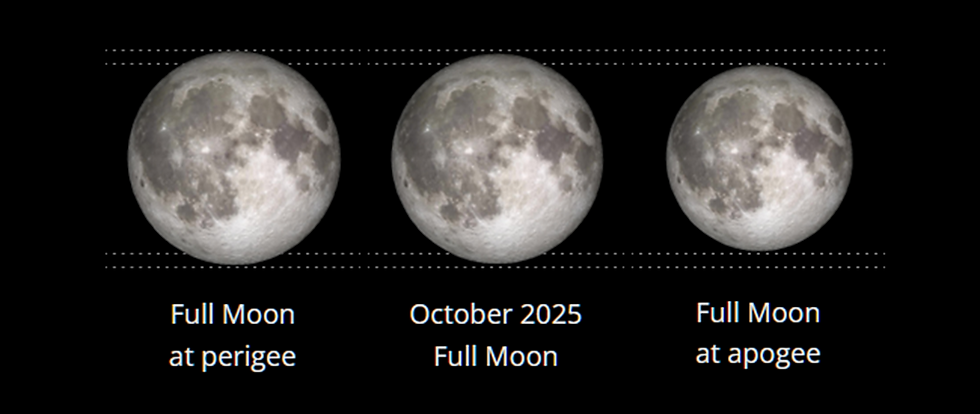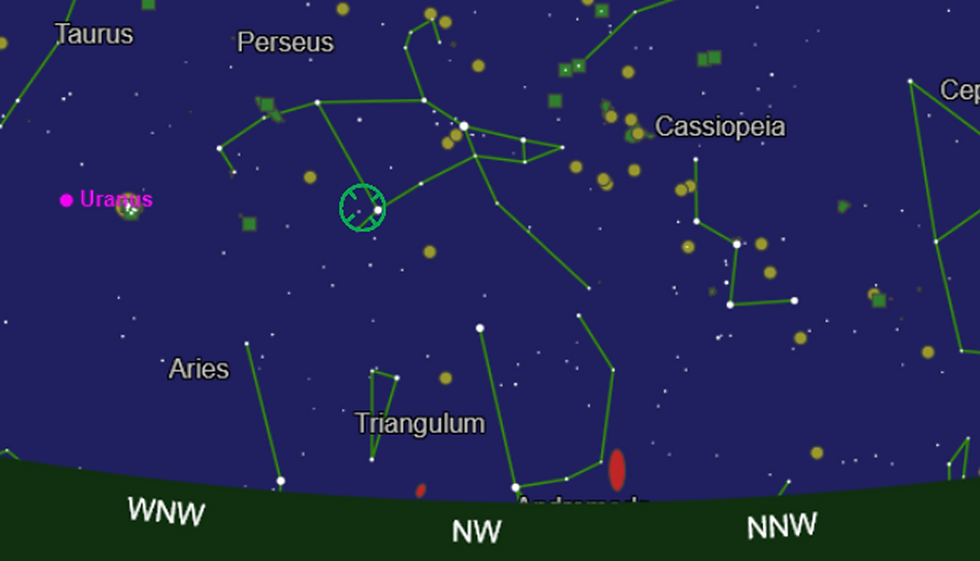Happy Astronomy Day To You!
- astromarka
- Sep 27
- 2 min read

Welcome to International Astronomy Day 2025! Do you need a better reason to get outside tonight and experience the awe, inspiration, and wonder of our celestial dome? I think not.
My guess is many of you are not even aware that there is an International Astronomy Day, With this in mind, here are 10 factoids for you about this day. And there's more! I've attached tonight's star chart of naked-eye objects for you to use and share with others to find visible stars, planets, asterisms!
Top 10 Facts You Didn't Know About International Astronomy Day
1. It’s a “movable feast”
Unlike fixed holidays, Astronomy Day is tied to the first quarter moon in spring and fall—so the date changes every year. This ensures a partly lit moon is in the sky for evening stargazers without being too bright.
2. There are actually two Astronomy Days
Since 2007, many groups celebrate both a spring Astronomy Day (April/May) and a fall Astronomy Day (September/October). You get two chances each year to party under the stars.
3. Born in California, 1973
Astronomy Day was founded by Doug Berger, then president of the Astronomical Association of Northern California. His idea was to set up telescopes in busy public areas (like city parks and shopping centers) so people who might never visit an observatory could look through a telescope.
4. Telescopes meet traffic jams
Some of the first Astronomy Day star parties were held in places like mall parking lots and highway rest stops—bringing Saturn’s rings to people who had just finished grocery shopping or road tripping.
5. It’s celebrated worldwide
Astronomy Day may have started in the U.S., but it quickly went global. Countries like Canada, the UK, Iran, and New Zealand now host Astronomy Day events.
6. NASA sometimes joins in
NASA and space centers often hold public talks or live streams in honor of Astronomy Day, linking Earth-bound stargazers with the latest discoveries from orbiting telescopes and probes.
7. The Moon is the star (literally)
The timing is chosen specifically because the first quarter moon is perfect for telescopes—its craters and mountains stand out in sharp relief.
8. It’s part of National Astronomy Week
In the U.S. and UK, Astronomy Day often anchors a whole week of outreach events, school visits, planetarium shows, and public lectures.
9. It can be quirky
Some local astronomy clubs pair it with space-themed bake sales (moon pies, galaxy cupcakes) or fun challenges like “spot all the planets visible tonight.
10. It mixes science with culture
Some Astronomy Day events go beyond telescopes — you’ll find music, storytelling, and cultural astronomy (like Indigenous star knowledge) included alongside scientific talks.
Here's a naked-eye star chart for you to use tonight. It locus is Summit County., Colorado at 9pm MDT. Use your local time and you'll be good to go to see these objects.

Enjoy your night!
Have a wonderful International Astronomy Day. And as always, wishing you the clearest of skies!






Comments